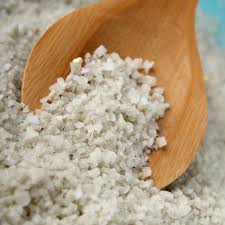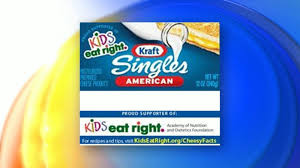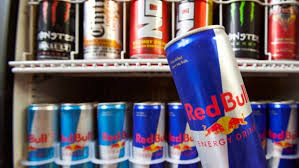The word “probiotic” is a compound of two Greek words: “pro,” to signify promotion of and “biotic,” which means life. Their very definition is something that affirms life and health. The World Health Organization defines a probiotic as any living microorganism that has a health benefit when ingested. These encourage growth of good bacteria in the gut.
As opposed to ‘Anti-Biotics’, which are, by definiton, Anti-Life. They kill the infection-causing bacteria, but also the good bacteria in our gut. Which is why we are given vitamins whenever we take antibiotics, to protect the good bacteria.
Plain home made yogurt (not store bought), kimchi, kefir, tempeh, miso, sauerkraut, carrot drink kanji, wheat drink Rejuvelac – these are some of the foods rich in probiotics. They are all incredibly simple to make, taste good and are health promoting.
So what can probiotics help with?
- Boost the immune system by enhancing the production of antibodies.
- Produce substances that prevent infection.
- Prevent harmful bacteria from attaching to the gut lining and growing there.
- Inhibit or destroy toxins released by certain “bad” bacteria.
- Produce B vitamins necessary for metabolizing the food we eat, warding off anemia caused by deficiencies in B6 and B12, and maintaining healthy skin and a healthy nervous system.
- Allergies
- Obesity – In 2006, Stanford University researchers found that obese people had different gut bacteria than normal-weighted people. Research shows that probiotics can help obese people who have received weight loss surgery to maintain weight loss. And in a study of post-partum women who were trying to lose abdominal fat, the addition of lactobacillus and bifidobacterium capsules helped reduce waist circumference.
80 percent of our immune system is located in our digestive system, making a healthy gut essential if we want to maintain optimal health.
Furthermore, the gut is quite literally our second brain, as it originates from the same type of tissue as your brain! During fetal development, one part turns into the central nervous system, while the other develops into the enteric nervous system. These two systems are connected via the vagus nerve, the tenth cranial nerve that runs from the brain stem down to your abdomen. Hence the gut and the brain work in tandem, each influencing the other. And this is why our intestinal health can have such a profound influence on our mental health, and vice versa.
This also helps explain the link between neurological disorders (including ADHD and autism) and gastrointestinal dysfunction. For example, gluten intolerance is frequently a feature of autism, and many autistic children will improve when following a strict gluten-free diet.
However, even more importantly, establishing normal gut flora within the first 20 days or so of life plays a crucial role in appropriate maturation of your baby’s immune system. This happens during a vaginal delivery. Babies born by Cesarian section are unable to derive this massive benefit. That is why we must be very selective when resorting to Cesarian deliveries.
Who should take probiotics?
Everyone.
Especially those who have Digestive, Auti-Immune, Mental Health issues, Repeated Infections or after Illness or Surgery.
In the form of foods listed above, or Supplements.
Prebiotics are non-digestible fiber compounds that pass undigested through the gut and stimulate the growth of good bacteria that colonize the large bowel by acting as food for them. So including these in our diet is also beneficial.
Prebiotics are found in insoluble fiber such as inulin and resistant starch in cooked and cooled potatoes.
Simple ways to Stay Healthy!

























